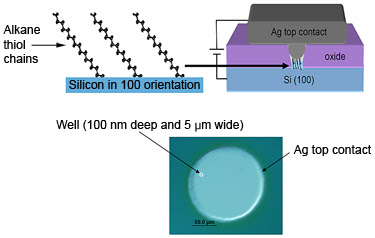Software and design innovation is enabling a 2 litre engine to perform like a 3-4 litre and save 27% on fuel
Better computer software is enabling a smaller engine to have higher performance and use 27% less fuel with low emissions Ricardo’s engine, called 2/4SIGHT, uses valves like a four-stroke engine, but in two-stroke mode, the engine keeps both the intake and exhaust valves open at the same time so that the fuel and air in …



